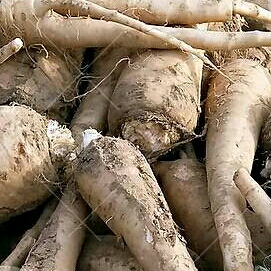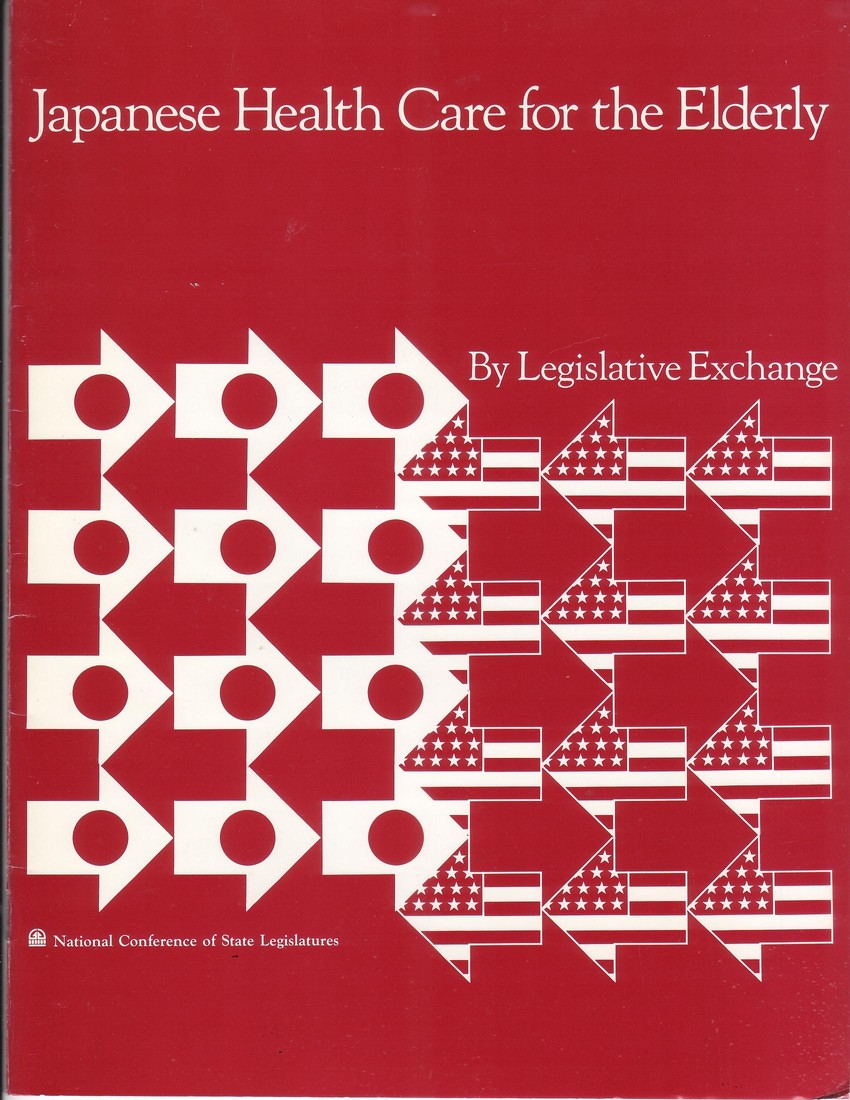The Health of Silicon Valley's health disruptors amid uBiome bankruptcy
Nov
21
The uBiome bankruptcy appears to be a mere hiccup due to mismanagement, although this year's health startups were largely health services such as cloud services. Apertiva and ChronicCareIQ topped the 2019 list of CIO magazine. Also making the list were other Saas health tech companies Duxlink Tele-Hospital, a platform that integrates clinical data with wearable tech and remote access. Finpay also tops the list as a financial management platform. The range of services is capped off by PatientPop which bills itself as a complete practice growth solution for health practitioners.
Health service startups aside, disruptors in healthcare include well known entrepreneurs like Mark Zuckerberg’s $600 million funded biotechnology center in Silicon Valley.
Biohub made a big splash a few years ago. BioHub’s premier project is to create a vast directory of human cells, which it calls a “cell atlas.” (source: Antonio Regalado, MIT Technology Review, October 31, 2016). Stanford researcher and BioHub Co-President Steven Quake and BioHub are also part of a consortium of researchers around the globe who are collaborating to map the millions of cells in the human body. Scientists at BioHub and elsewhere are inspecting tens of millions of human cells for their molecular signatures, among other things, to track the body’s specific immune system responses to different treatments such as radiation.
Like other venture funded companies collecting gut samples (Viome), uBiome claimed a database of nearly 100,000 gut samples collected from its early adopter consumers the company refers to as “citizen scientists”, according to a 2016 TechCrunch article (Sara Buhr, November 01, 2016). “The GI tract is teeming with bacteria and research suggests the wrong kind may play a role in diabetes, multiple sclerosis, cancer, liver disease, obesity, irritable bowel syndrome and a number of other maladies.”
Apparantly the company owed millions of dollars to insurance companies related to illegal billing practices for which they are under criminal investigation, according to a Business Insider article (see https://www.businessinsider.com/microbiome-startup-ubiome-files-for-bankruptcy-2019-9 ). It appears the company seeks to come out of bankruptcy with new management.
UBiome features a new SmartGut screening test kit that you can buy online for an estimated $89 which aims to identify “dozens of microbial genera and species” using a 16S rRNA gene sequencing method. However, the 16s rRNA gene sequencing is a twenty year old technology that offers very limited insights and is prone to inaccuracies, claims competitor company CEO Viome's Naveen Jain.
The above example are just a snapshot of disruptive innovators in the healthcare space.











